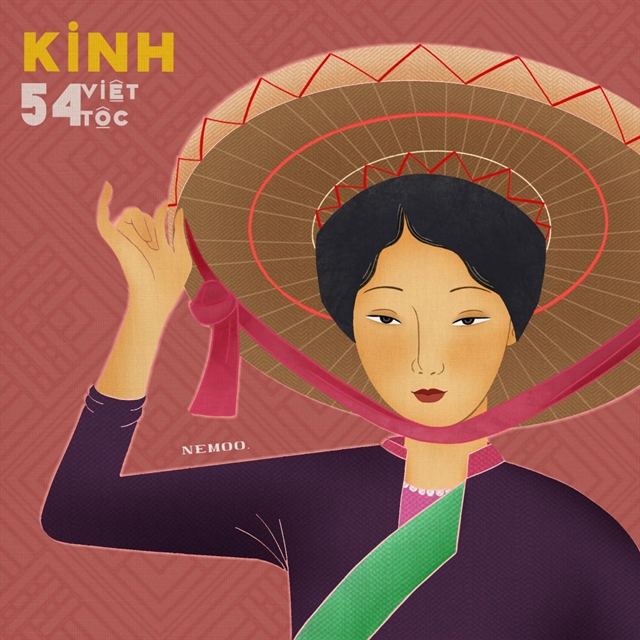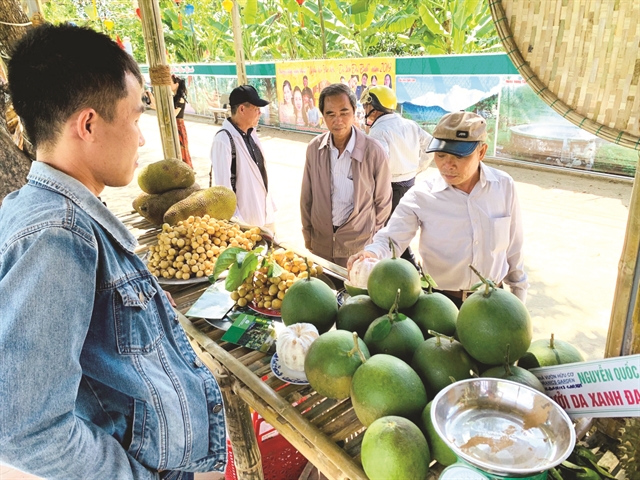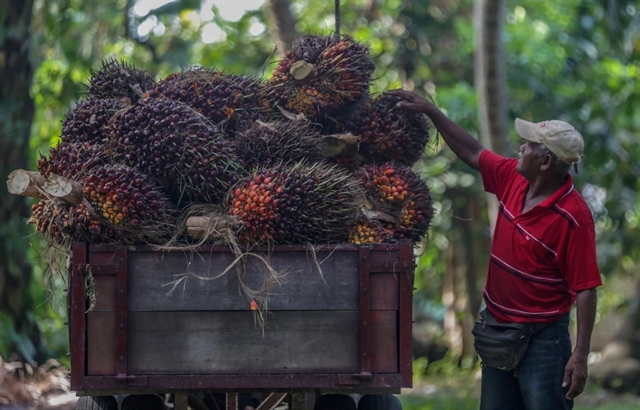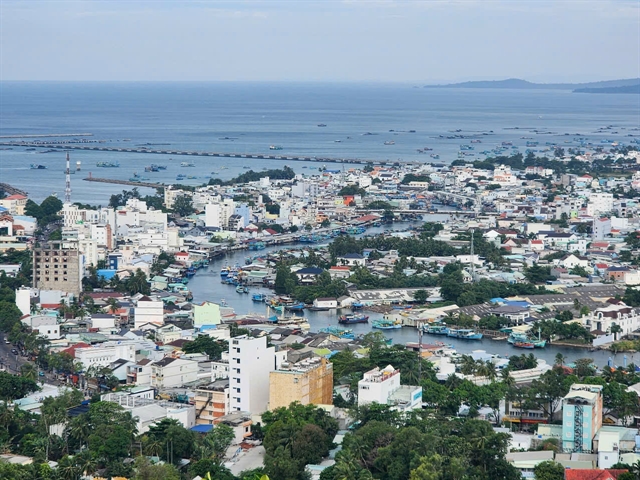 Features
Features

Sitting on the banks of Thu Bồn River, Đại Bình Village used to be known for its bumper fruit harvests in the central province of Quảng Nam Province, but now it has been transformed into a sustainable community-based farm tourism destination.

|
| Pomelo are ready for harvest in Đại Bình Village in Quảng Nam Province's mountainous Nông Sơn District. The village has been designed as a farm-based tourism site. VNS Photo Thanh Hòa |
Sitting on the banks of the Thu Bồn River, Đại Bình Village used to be known for its bumper fruit harvests in the central province of Quảng Nam, but now it has been transformed into a sustainable community-based farm tourism destination.
Just 20km from the Mỹ Sơn Sanctuary, the village with a population of 1,200 earned a living for three centuries from growing fruits, but now it's day-trippers who are bringing in the cash.
The village was established in 1778 during the country’s southward border expansion journey under Lord Nguyễn Hoàng. The emigration settled the village on the banks of the Thu Bồn River, and the first villagers began growing fruits to make a living.
Fruit zone
In 1920, local herbalist Huỳnh Châu brought seeds of fruit species from affluent farms in the south of Việt Nam.
Nguyễn Thanh Tuyền, director of the Đại Bình Co-operative, says around 100 tropical fruit species such as jackfruit, citrus, grapefruit and langsat were cultivated for centuries before various southern species such as durian, mangosteen, grapes, star apple, rambutan and sapodilla were added in the early 20th century.
“Fruit was the main produce and source of income for most villagers, but now we have developed farming-based tourism, and the first co-operative was formed to promote both gardening and tourism,” Tuyền says.
He says villagers offer visitors the chance to pick their own fruit for a fixed price of VNĐ25,000 (US$1) per kilo.
He says 28ha of fruit farms (a quarter area of the village) produce more than 200 tonnes of fruit with revenue of US$2.3 million each year, and welcomed around 100,000 tourists in 2018.

|
| Visitors at a fruit fair exhibition in Đại Bình Village, Quảng Nam Province. The village offers a garden experience and fruit-picking for tourists. VNS Photo Ngọc Vinh |
Heavenly gifts
Trần Kim Hùng, 61, says the village is naturally fertilised by annual tides of alluvium, while the cool climate helps produce bumper harvests each year.
“The village is the only place in central Việt Nam where fruit from north and south grow well due to the natural conditions,” Hùng says.
His family welcomes 3,000 visitors each year, earning $4,300 from fruit sales.
He says the village has been building a brand for Đại Bình Pomelos product – an OCOP (One Commune-One Product) - to server farm-based tourism.
Huỳnh Thị Thu Hà, 58, who owns the Ông Năm farm, says fruits are available all year round.
“The harvest begins from lunar March to April with watermelons, while tropical fruits are mass harvested from June to late September. Tourists can relax in the gardens during the hot summer,” Hà says.
She says a vegetable farm for rural work experience has been built in the village as another choice for visitors.

|
| Tourists visit Đại Bình Village on a boat tour. The village is looking to attract visitors with farm-based tourism. Photo courtesy of Đại Bình Co-operative |
Trần Hưng, 82, still lives in a 165 year-old house that has sheltered four generations of his family, and its 3,000sq.m garden.
Hưng says villagers do not use chemical fertilisers because the gardens are very close to their living area.
“The village’s garden economy is based on natural conditions, including soil, rainfall, the cool climate and river tides,” he explains.
“Annual tides help pile up alluvium for farm productivity,” he says.
Hưng, however, complains that climate change in recent decades has badly impacted fruit farms.

|
| An view of Đại Bình Village on the banks of the Thu Bồn River. The village is attracting tourists looking to experience a rural mountainous lifestyle in Quảng Nam Province. Photo courtesy Đại Bình Co-operative |
Limit traffic
Just 20 minutes from the Mỹ Sơn Sanctuary – a popular world heritage site – Đại Bình has yet to attract foreign tourists due to poor traffic infrastructure.
The Nông Sơn Bridge that connects the village with Trung Phước Town is not strong enough to allow light trucks and cars, while a plan for community-based and farming tour services has been slow to emerge.
Vice director of the provincial department of Culture, Sports and Tourism Lê Ngọc Tường says transport infrastructure lacks investment, while a tour linking Hội An, Mỹ Sơn and the village is not on the map.
He says the village is building its OCOP for sustainable tourism.

|
| A rural fruit market in Đại Bình Village. Farmers offer freshly harvested fruit to tourists visiting during summer. VNS Photo Ngọc Vinh |
Bảo Trí, a biker, says the village is an ideal site for escaping the crowds and a stressful urban life, but it needs more opportunities to explore rather than expensive accommodation.
Rural home-stays, farm tours, bike tracks and pedestrian paths will offer a traditional cultural experience for tourists.
Trí says a primary forest will be developed as a jungle trek or camp site for adventurers.
Nguyễn Chí Tùng, vice chairman of Nông Sơn's District Committee, says fruit farming and the rural lifestyle in the village has huge potential for eco-tour development, but needs convenient connections with the provincial capital, Tam Kỳ, Hội An and Đà Nẵng via public buses.
Currently, bus routes only link Đà Nẵng and Tam Kỳ to Đại Lộc Commune and Quế Sơn District, about 40km away.
Tuyền, from the Đại Bình Co-operative, emphasises: “The village started off as a fruit farm, so of course farmers need training in hospitality skills to welcome tourists.”
“We are very open and friendly. The tranquil scenery, fruit picking and rural life experience will make our village a second home for everyone.” VNS




